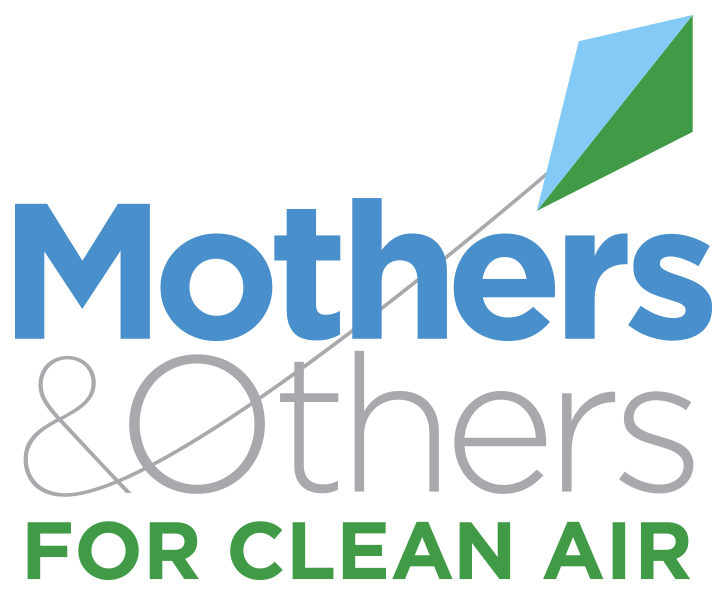A child's exposure to environmental pollutants can have life-long health effects. Thus it is critical to understand the potential exposure pathways. In this paper, we examine the increase in ambient PM2.5 concentrations at schools from private vehicle use for dropping children off at school. In North America, students are commonly driven to school in a private vehicle. Additionally, students walk or cycle, or take a school bus. Our vehicle surveys recorded between 23 and 116 personal vehicles at 25 schools, where enrolment ranged from 160 to 765 students. We fit a linear regression model to predict the number of vehicles at schools we did not observe within our study area, which explained 57% of the variation in our surveys. A microsimulation traffic model was created for each of the 86 schools we studied. Outputs from the traffic model were used to determine the emissions generated at each school. PM2.5 emissions varied from 0.14 to 6.38 g. Lastly, we dispersed the emissions produced by private vehicles dropping off students, which are emissions generated by unnecessary trips because students further than walking distance are provided transportation by the school board. At the drop-off location in front of the school, we found ambient concentration increases of at least 5 μg/m3, 10 μg/m3, 25 μg/m3 and 50 μg/m3 during 16.8%, 7.6%, 2.0% and 0.5% of the mornings, respectively. This research was conducted in a medium-sized North American city and should allow transferability to similar cities. We conclude that the use of private vehicles can significantly increase local concentrations, regardless of background conditions.
Published Sep 1, 2017
Adams, M. D., & Requia, W. J. (2017). How private vehicle use increases ambient air pollution concentrations at schools during the morning drop-off of children. Atmospheric Environment, 165, 264–273. https://doi.org/10.1016/j.atmosenv.2017.06.046
